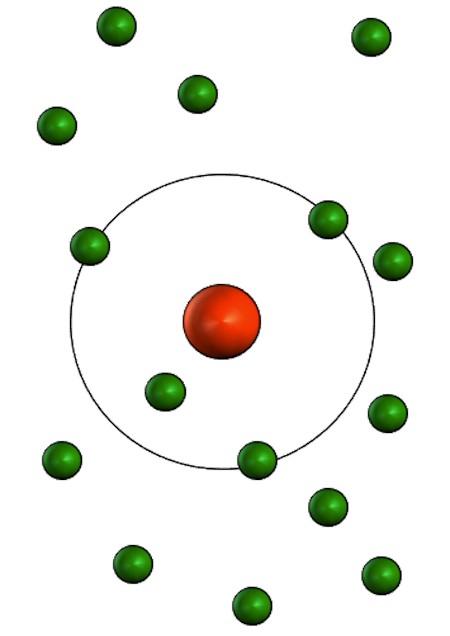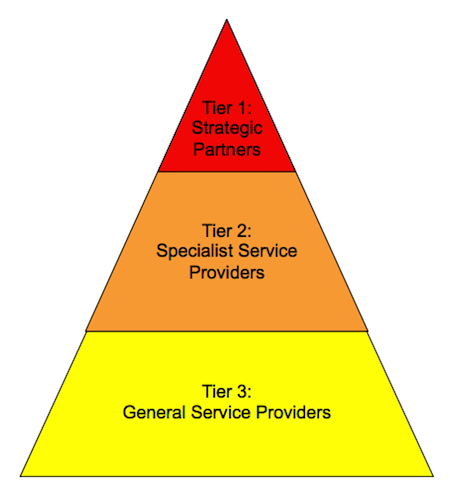I was having a conversation with one of my clients last week and they were talking about how it is demanding enough managing multiple brands within their portfolio, but with a growing number of stakeholders internally, multiple channels being used, multiple disciplines in each channel and naturally multiple agencies in each channel and discipline they feel like they spend all day in meetings. (Who doesn’t feel like that?)
Fig 1: The ad-hoc approach to roster management appears convenient but often leads to requiring significant management resources to be maintained.
This increased complexity in most cases leads to:
1. Increased time managing multiple service providers
2. Wasteful duplication of services across suppliers
3. Confusion on roles and responsibilities between agencies
4. Difficulty in maintaining brand consistency
5. Overall inefficient use of resources internally and externally
The traditional procurement approach has been to collect these into panels based on capabilities, which as we have seen does not work because it has an underlying assumption that all suppliers are equal.
In fact, not all suppliers are created strategically equal.
The requirements of each brand / category / segment will mean that some are more strategically important than others.
Fig 2: By categorising your agencies and suppliers by their strategic importance to the brand you are able to structure your roster more efficiently.
Think of it in three levels or tiers:
Strategic Partners – those suppliers that influence the development of marketing or communication strategy.
Specialist Service Providers – those specialists essential for strategy in their particular field.
General Service Providers – often suppliers of commodity services.
The Strategic Supplier Alignment approach allows you to arrange and manage your suppliers in a more strategic manner.
Fig 3: The atomic structure lends itself to the model for a strategic supplier alignment with the most important agencies closest to the brand and the least at the periphery.
To maintain this structure takes less resources than the ad-hoc approach and is more effective than the panel model, but nevertheless still requires some key elements to ensure success.
What are your thoughts?
Leave a comment to let us know if you agree or disagree.








2 thoughts on “Not all client agency relationships are the same”
Nice distinction.
Thanks Anne. I think that intrinsically many marketers actually segment their agencies this way. There are those that are often called the lead agency or agency of record and then their are the others. But to actually apply this segmentation to the agency roster and then define roles and responsibilities and develop relationship criteria on the role they play in the mix assists marketers and agencies work more collaboratively together.
Comments are closed.